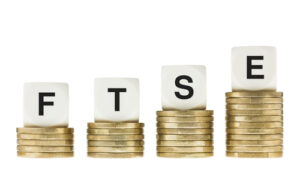Where it is earned income that is likely to take the individual into the £100,000 – £125,000 bracket they could consider reducing this by adopting one or both of the following strategies: starting, or increasing, the payment of regular monthly individual pension contributions, and topping up at the end of the tax year if required; or starting, or increasing, monthly regular pension contributions via a salary sacrifice arrangement, and topping up at the end of the tax year if required; or making charitable donations qualifying for gift aid.
The effective rate of tax in the £100,000 – £125,000 band of earned income is 60%. It may therefore be possible to obtain 60% tax relief on some pension contributions and charitable donations; even more with the National Insurance saving potentially available under a pension contribution via a salary sacrifice arrangement.
It’s also useful to note that a taxpayer may treat a gift aid donation made in the tax year ended 5 April 2020 (up to the date their tax return for 2018/19 is submitted) as paid in 2018/19, provided that their 2018/19 tax return is submitted to HMRC by the appropriate filing date (i.e. normally by 31 January 2020).
The 60% tax saving is based on:
20% basic rate tax relief at source on the pension contribution and / or gift aid payment;
20% higher rate tax relief on the pension contribution and / or gift aid payment through self-assessment;
20% reduction in income tax achieved through the return of the personal allowance.
The same result can also be achieved where a gross pension contribution reduces taxable income, e.g. an occupational pension contribution deducted from salary before tax, or an AVC to an occupational pension scheme. The 60% tax saving is based on tax relief being given at 40% under PAYE or through self-assessment, plus 20% from the reduction in income tax achieved through the return of the personal allowance.
By using salary exchange, it’s possible to save nearly 67%, provided the employer passes the savings they’ve made in reduced National Insurance (NI) contributions on to the employee, by making a higher pension contribution.






No comment yet, add your voice below!